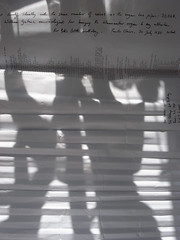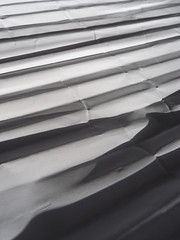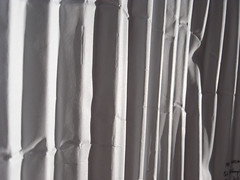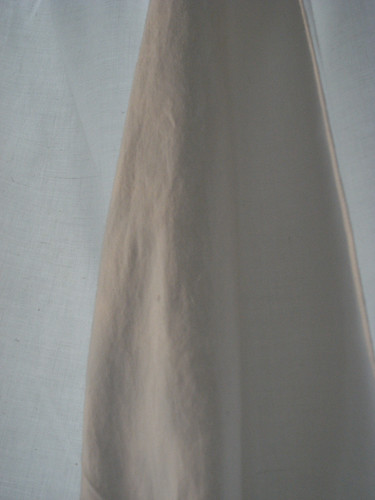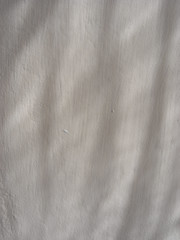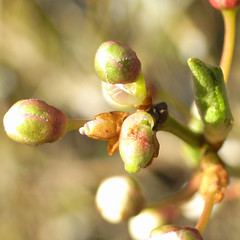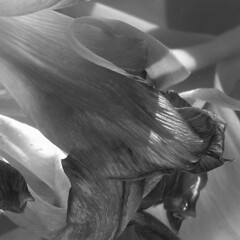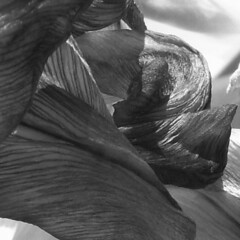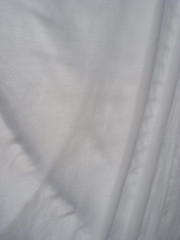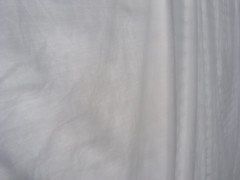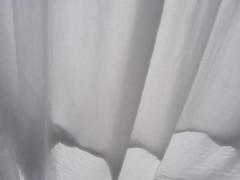Wednesday 10 August 2011
the fold in Jane Austen
As he folded up the letter, she saw her with a sort of anxious parade of mystery fold up a letter. When it was folded up and returned, it was then folded up, sealed and directed with eager rapidity and folded it up in a piece of white paper. Leaning over it with folded arms, and face concealed, a white cotton counterpane, properly folded
Thursday 9 June 2011
Wednesday 18 May 2011
concrete
a photocopy of: THE GREAT ORGAN Bob Cobbing's 60th Birthday Poem, 30th July 1980. Part of 6 pages, Paula Claire. a duet with a photocopier at the poetry library. A sheet of paper becomes an object, a poem becomes an object. concrete poetry perhaps. a smooth surface folds, a beautiful fan that could close up snap, joining previously unjoined parts together. But most of the regular concertina is blank...but a beautiful new object.
Saturday 14 May 2011
distant
Tuesday 10 May 2011
fan flies open
I read and start to make a connection then suddenly the fan flies open, unfolds at speed, there is an extension, the object of my enquiry is so distant that there is no possibility of touching, even with finger tips, I want to taste the scent of it on my tongue.
An articulation outwards until I cannot articulate any longer until it is all meaningless and not of the body, of experience.
Saturday 23 April 2011
Thursday 7 April 2011
it's all in a cup of tea
Baroque ... under its rubric are placed a proliferation of mystical experience, the birth of the novel, intense taste for life that grows and pullulates, and a fragility of infinitely varied patterns of movement. It could be located in the protracted fascination we experience in watching waves heave, tumble, and atomise when they crack along an unfolding line being traced along the expanse of a shoreline; in following the curls and wisps of colour that move on the surface and in the infinite depths of a tile of marble; or, as, Proust described, when we follow the ramifying and dilating branches of leaves piled in the concavity of the amber depths of a cup of tea.
from
Translator’s forward
A plea for Leibniz xi
The Fold
Leibniz and the Baroque
Gilles Deleuze
Foreword & translation Tom Conely
Friday 1 April 2011
neither object or subject
In the spectrum of losses that structure life from birth to death the presence of cloth is a central signifier that differentiates nature from culture, and thereby remains forever liminal in its cultural significance. This liminality is held, like a smell in the meaning of the word “stuff,” a translation of the French word étoffe, cloth. It has become a term for generic “thingness,” unspecified materiality, in way that eloquently represents our ambiguous relationship to textiles that we experience as neither object nor subject, but as the threshold between. It is this quality of non-sense that makes textiles especially interesting.
from: Stuff & Nonsense by Claire Pajaczkowska
from: Stuff & Nonsense by Claire Pajaczkowska
Volume 3, Issue 3, pp. 220–249
pli
ployer (later pleier) "to bend, to fold," from L. plicare "to fold, lay"

the image is its own link to a larger version

the image is its own link to a larger version
Monday 21 March 2011
A Good Organum of Fabric
Pennina Barnett in the introduction to the first edition of Textile: The Journal of Cloth & Culture
Interdisciplinarity is increasingly regarded as essential critical practice, for a discipline that builds walls around itself, just like a country that becomes a fortress, is likely to stagnate. Here the philosopher Michel Serres offers a pertinent image: I believe that there is boxthought, the thought we call rigorous, like rigid, inflexible boxes, and sack-thought, like systems of fabric. Our philosophy lacks a good organum of fabrics. The dictionary defines cloth as a “soft, usually pliable fabric.” Serres also argues for “soft logics”—modes of thought that are open and inclusive. Textile aims to encourage new ways of thinking about cloth that resemble this soft, loose weave. The metaphors of cloth, its weave and texture, have proved a rich source for many philosophers.
quote: Michel Serres, Rome, The Book of Foundations (1983), trans. Felicia McCarren, Stanford University Press, Stanford, CA, 1991, p. 236
Sunday 20 March 2011
Saturday 19 March 2011
touch dust textiles
Dust chronicles
Textile: The Journal of Cloth & Culture Volume 8, Issue 3, pp.260–269 Deborah Valoma 2010
The formation of a cohesive whole from minute, disparate, yet equally valued elements is achieved though multiple points of contact. As an organizing principle, textiles offer a blueprint for thinking about interconnecting structures inlinguistic, political, and scientific discourses.
The disobedient limpness of cloth and the gravitational sink of dust lend an abject horizontality to both. Bedclothes and shrouds wrap prone bodies and disintegrate into loss and longing—the residual materiality of the uncontrollable and the undone. And so, because the bodies of textiles ultimately fail as our own fragile bodies do, we must arm ourselves with the thought of textiles—the delicate conceptual nuances of this humble yet poetically charged medium. p.262
Textile: The Journal of Cloth & Culture Volume 8, Issue 3, pp.260–269 Deborah Valoma 2010
The formation of a cohesive whole from minute, disparate, yet equally valued elements is achieved though multiple points of contact. As an organizing principle, textiles offer a blueprint for thinking about interconnecting structures inlinguistic, political, and scientific discourses.
The disobedient limpness of cloth and the gravitational sink of dust lend an abject horizontality to both. Bedclothes and shrouds wrap prone bodies and disintegrate into loss and longing—the residual materiality of the uncontrollable and the undone. And so, because the bodies of textiles ultimately fail as our own fragile bodies do, we must arm ourselves with the thought of textiles—the delicate conceptual nuances of this humble yet poetically charged medium. p.262
Subscribe to:
Posts (Atom)

